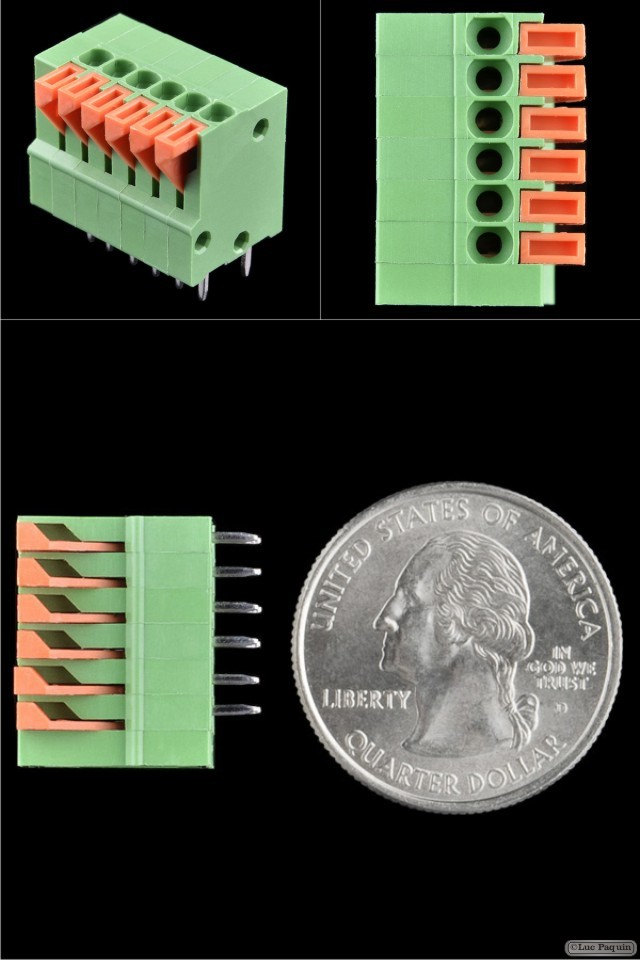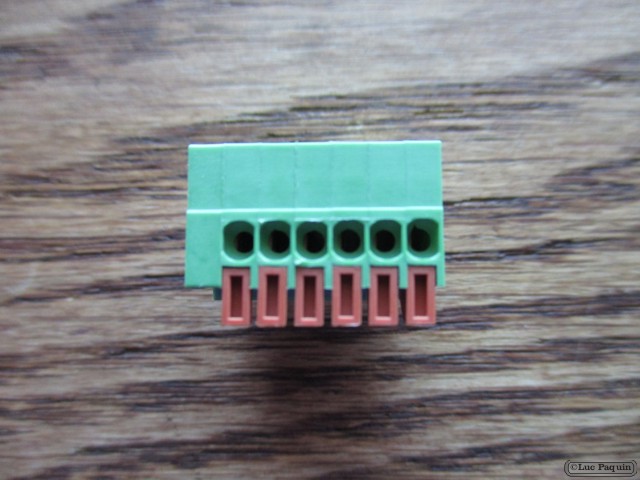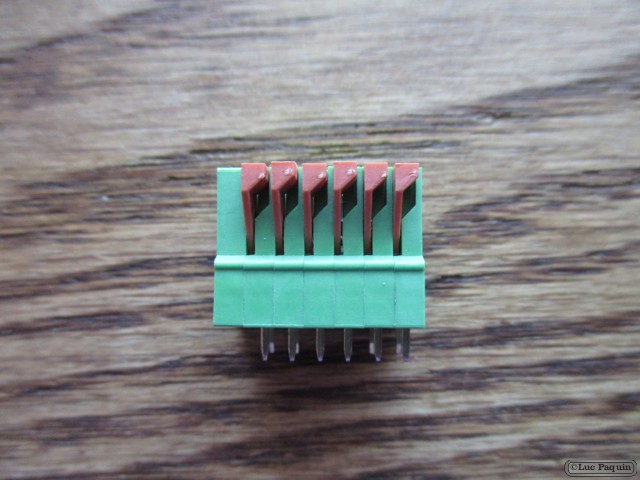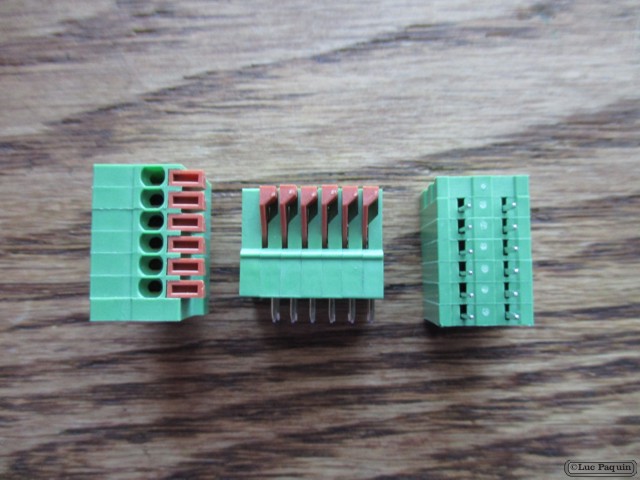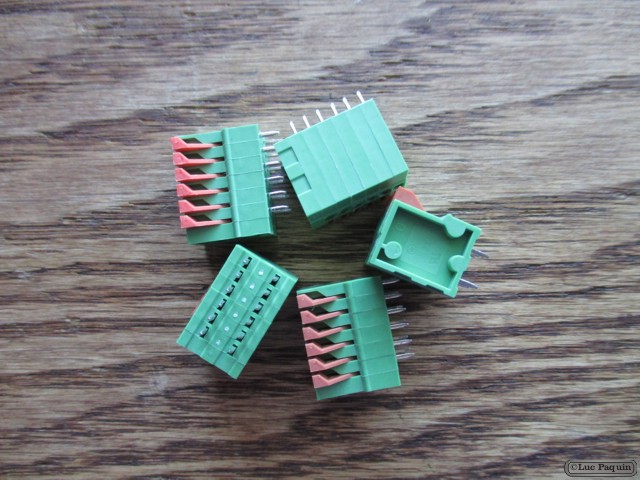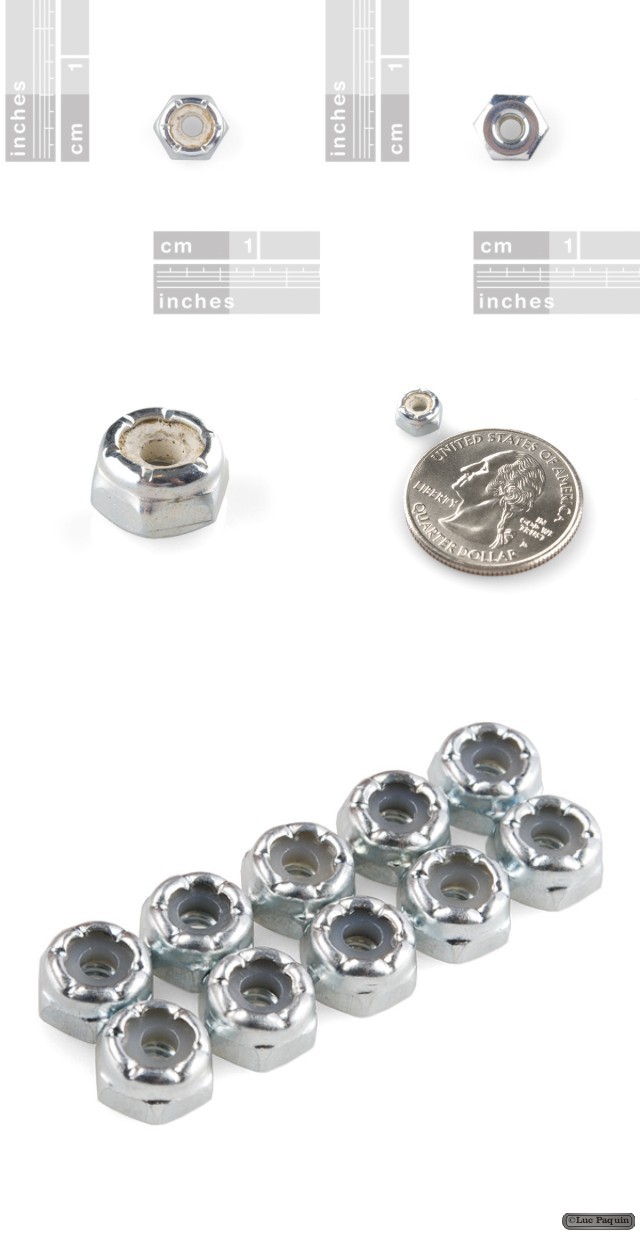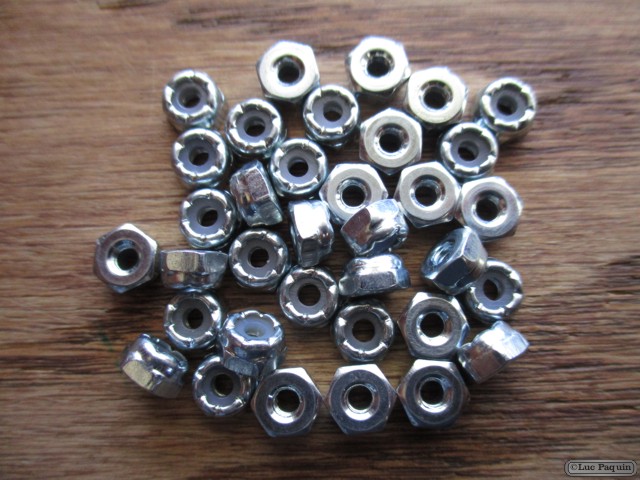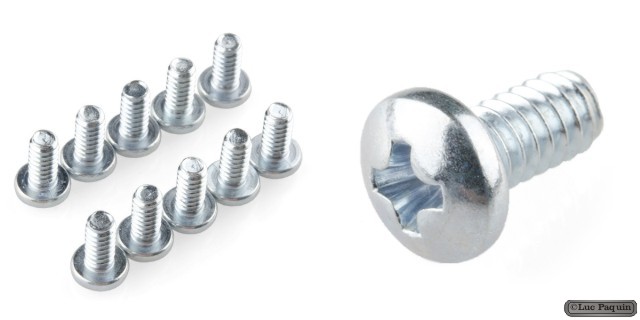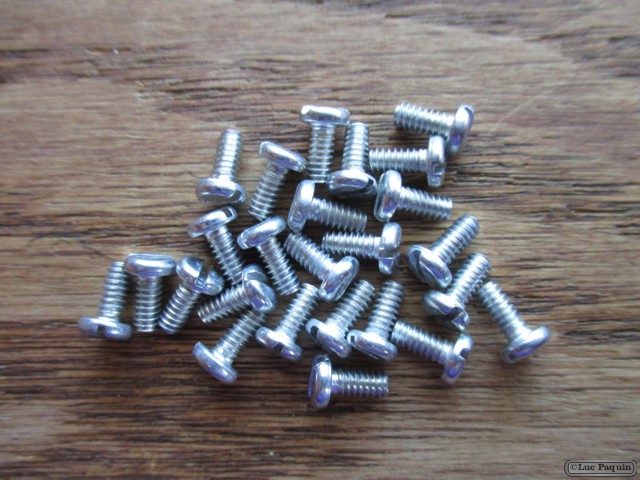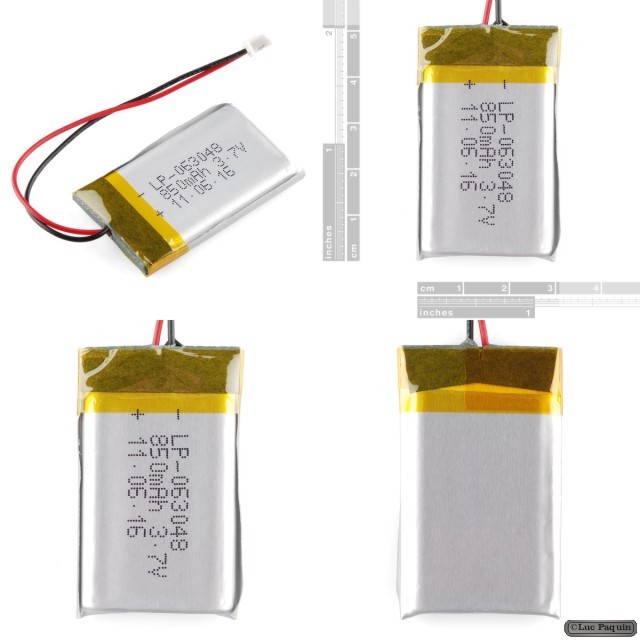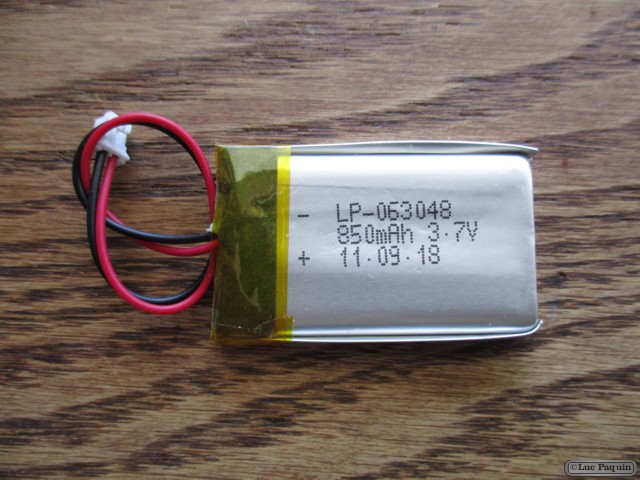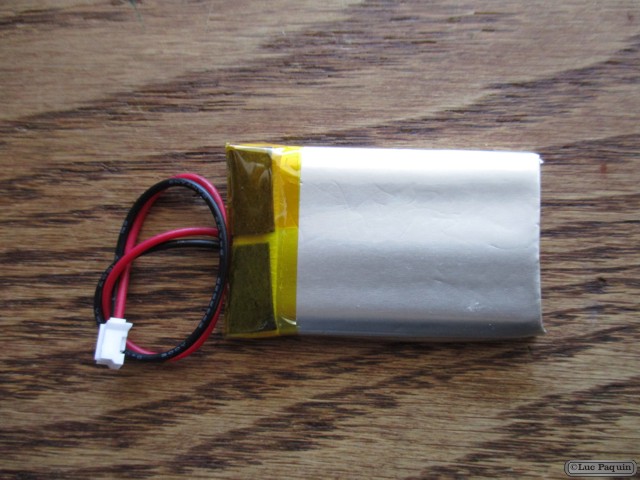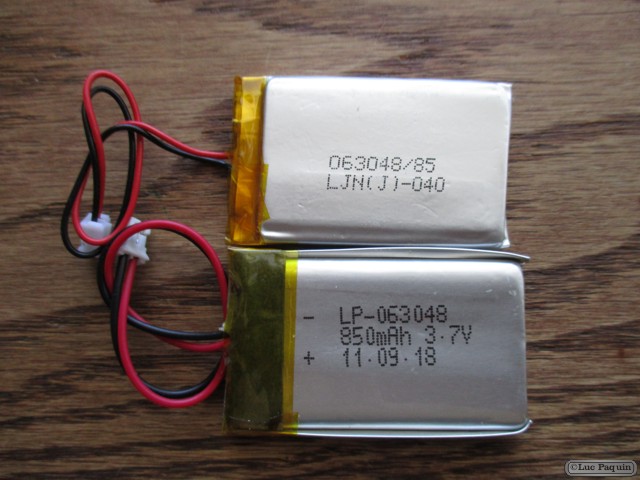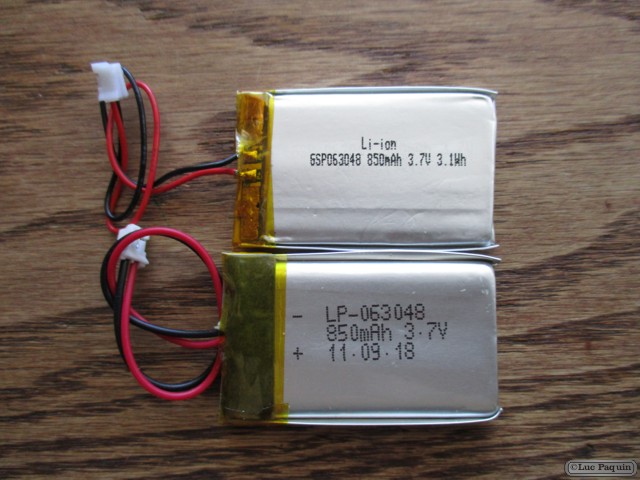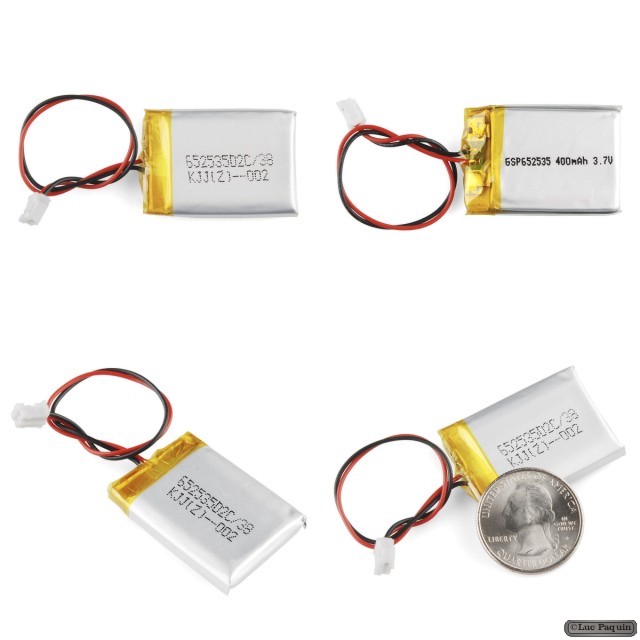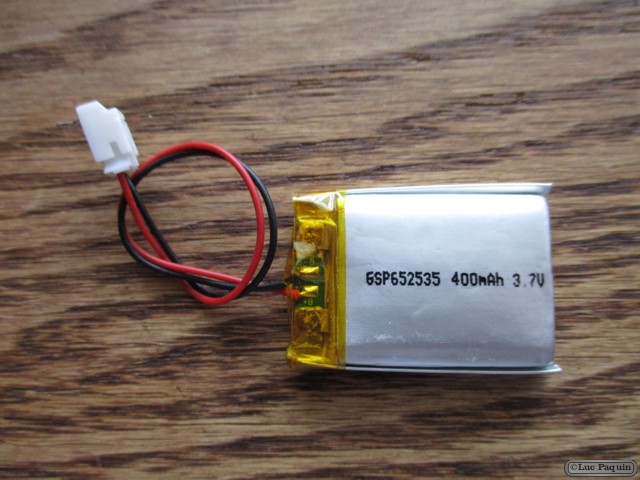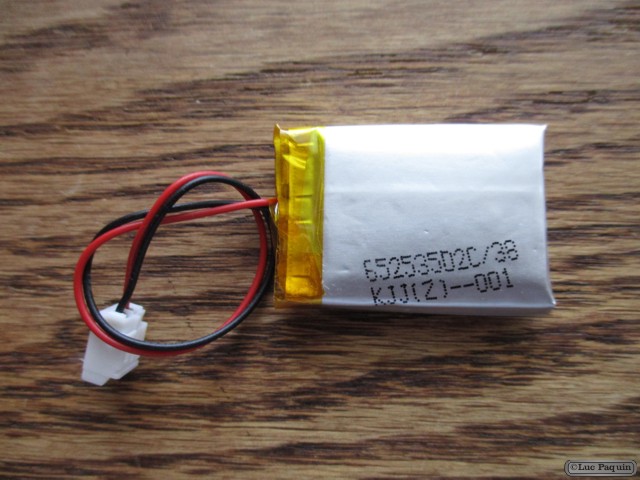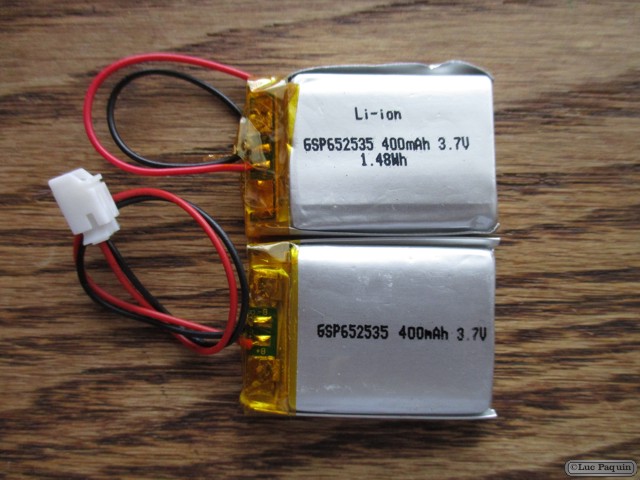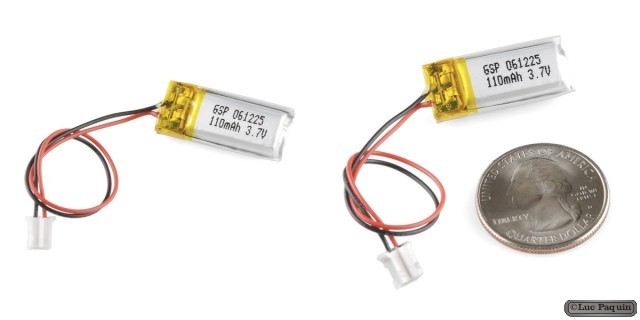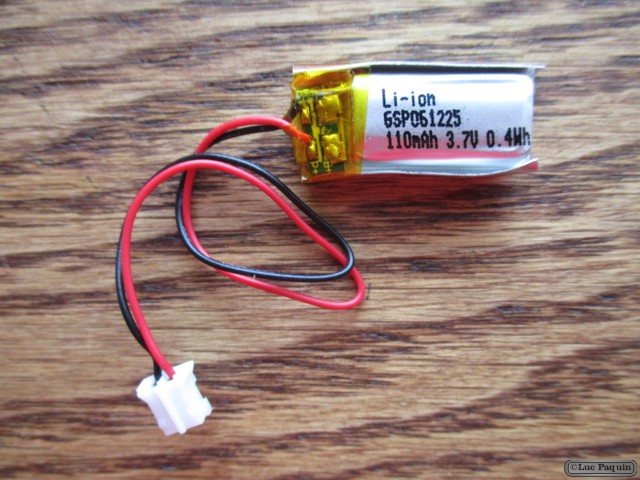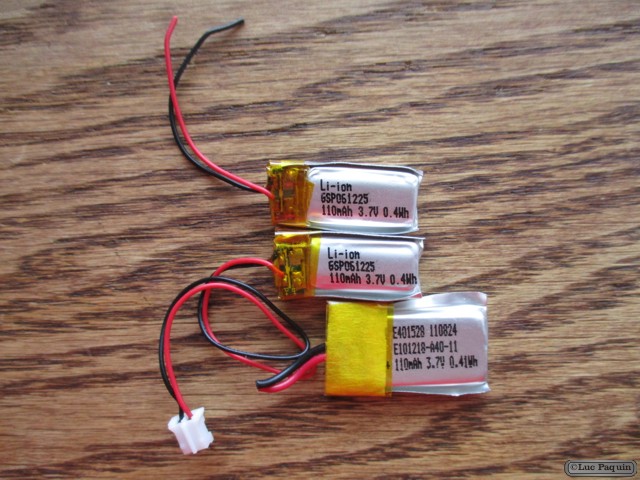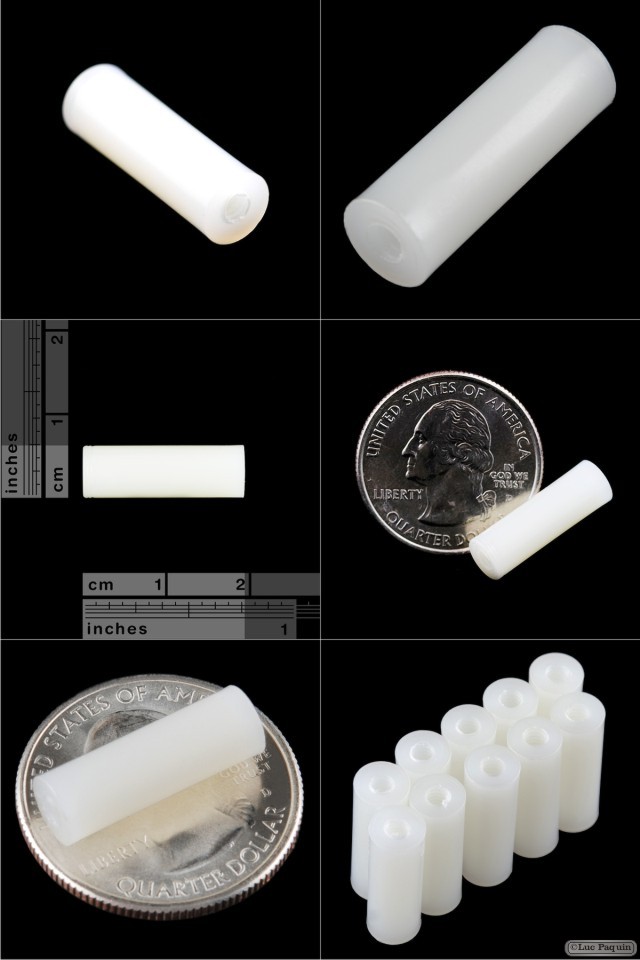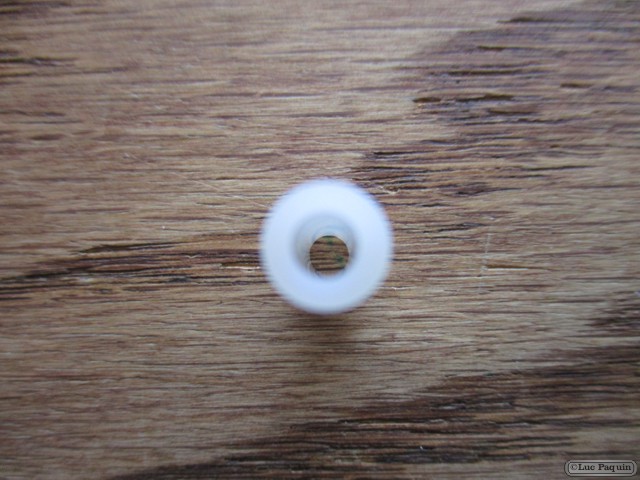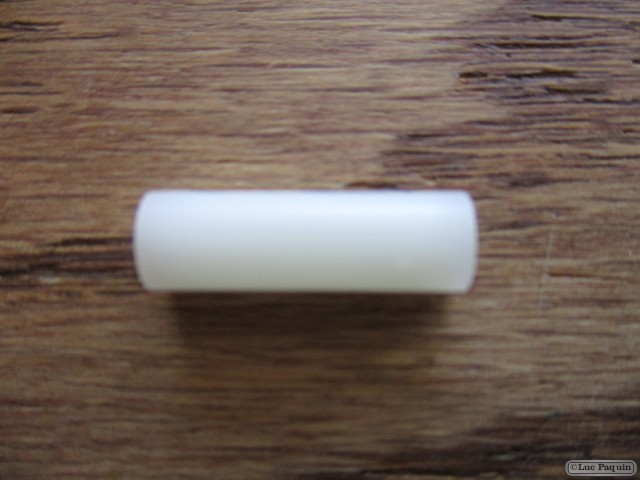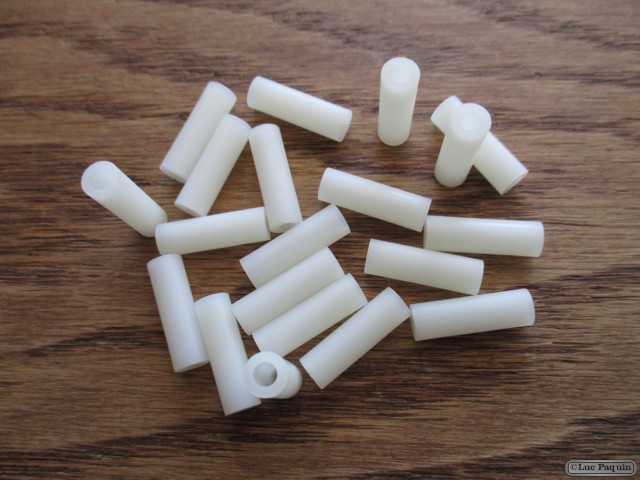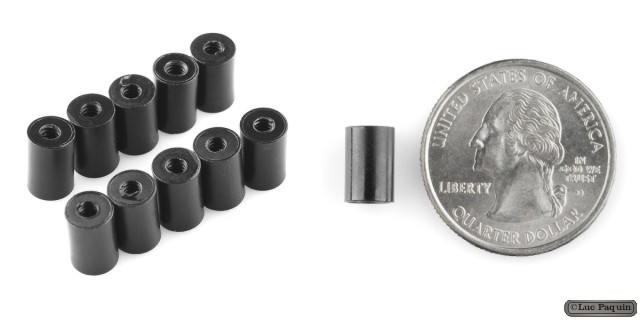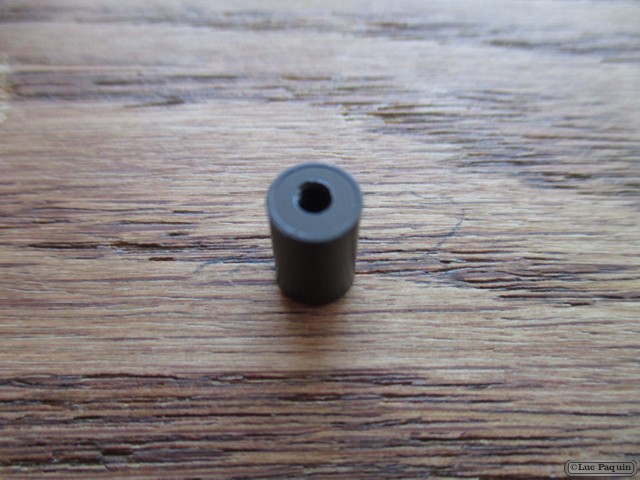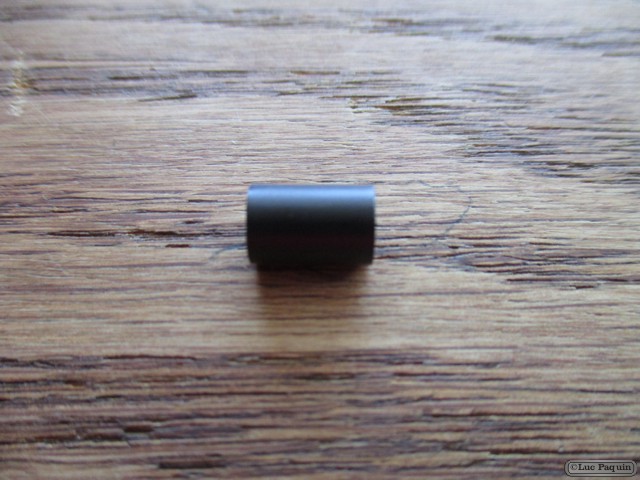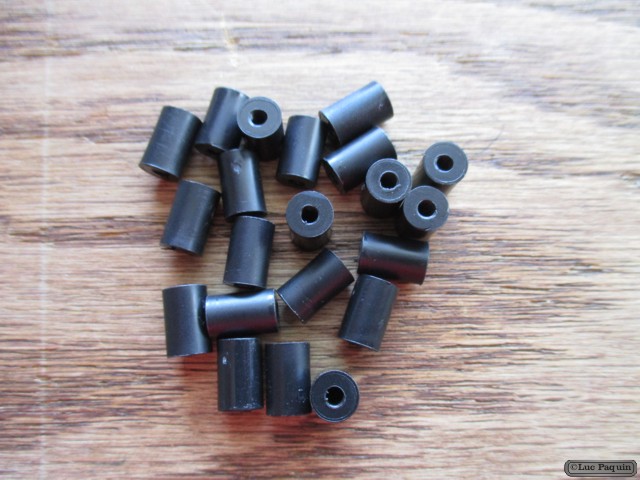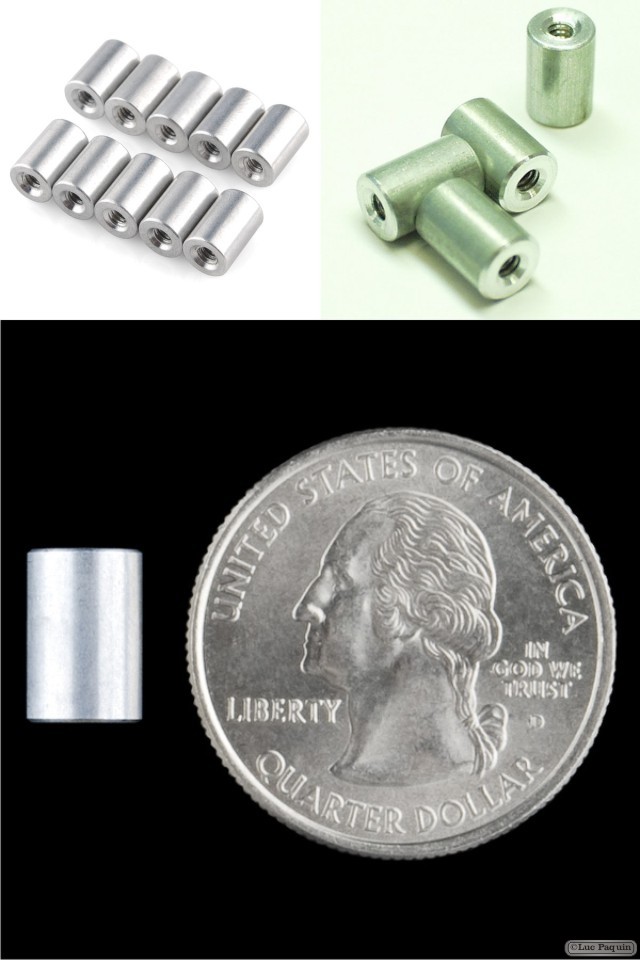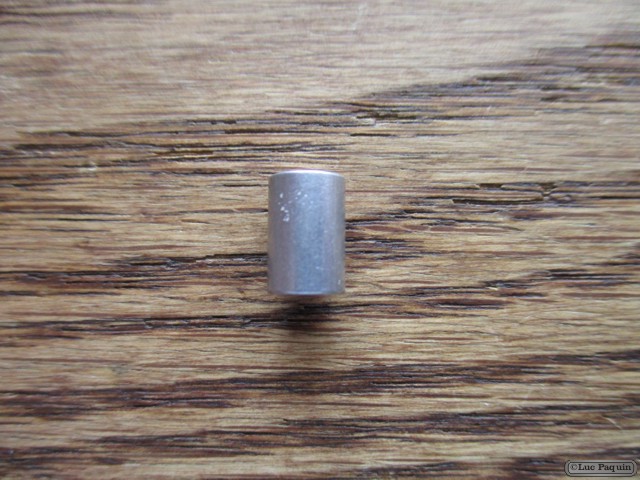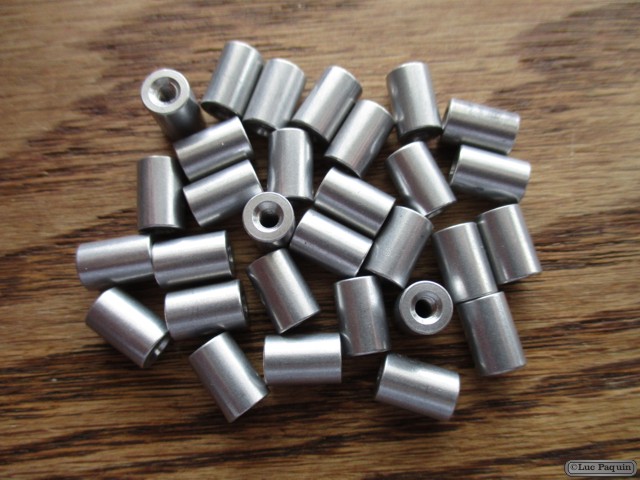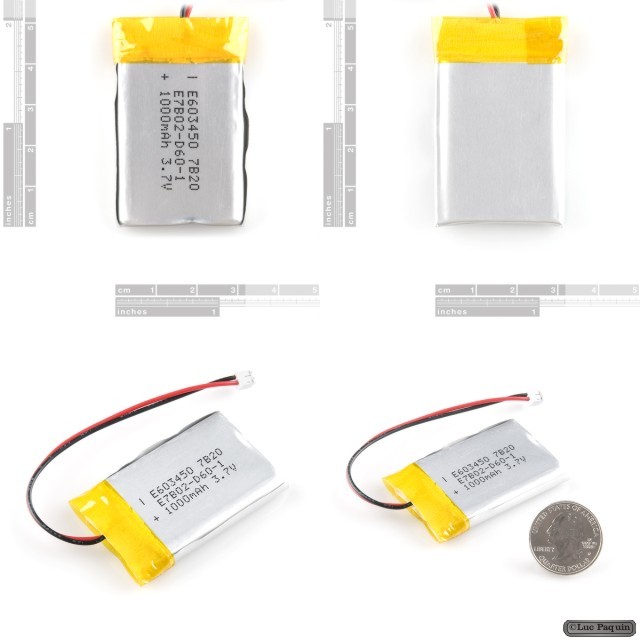
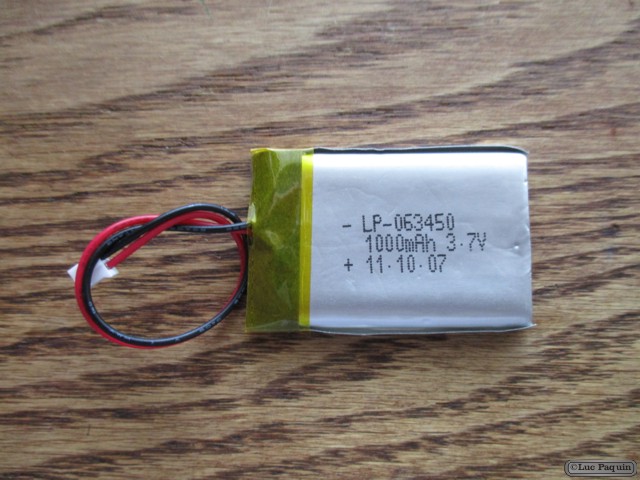
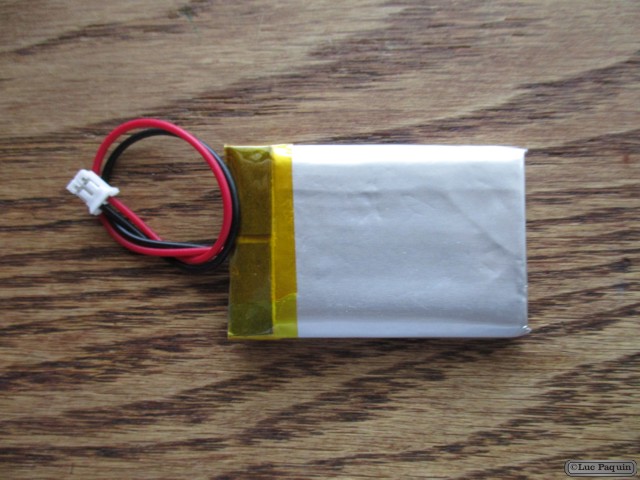
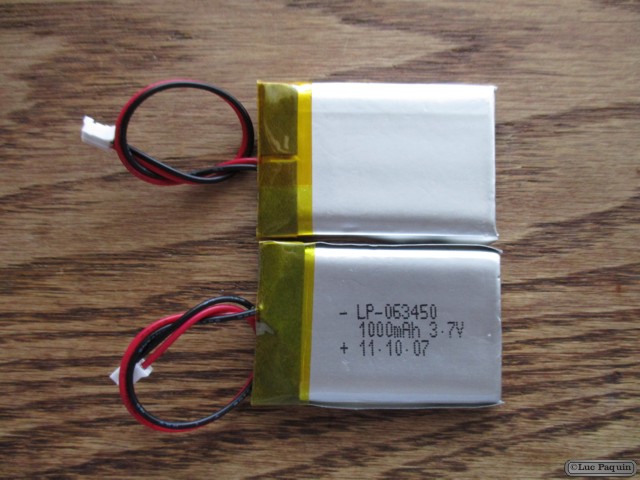
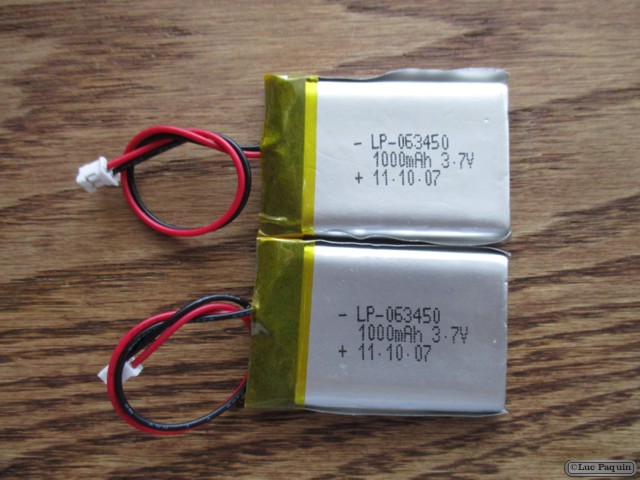
SparkFun: PRT-00339
Description: These are very slim, extremely light weight batteries based on the new Polymer Lithium Ion chemistry. This is the highest energy density currently in production. Each cell outputs a nominal 3.7V at 1000mAh! Comes terminated with a standard 2-pin JST-PH connector – 2mm spacing between pins. These batteries require special charging. Do not attempt to charge these with anything but a specialized Lithium Polymer charger.
Battery includes built-in protection against over voltage, over current, and minimum voltage. Please use caution when using this battery in wearable projects. When using conductive thread, a short in the thread can create sparks and heat. We recommend using coin cell batteries for beginners.
Note: Although these cells are rated for 2C continuous discharge, the wiring and connectors are only rated up to 1A, so be sure to take that into account when determining your power requirements.
Note: Be careful with the JST connectors. They can stick in pretty good and tugging on them can damage the connector.
Dimensions: 50.8 x 33.5 x 5.9 mm
Weight: 22g
Features:
- Excellent long-term self-discharge rates (<8% per month)
- Robust power source under extreme conditions (-25 to 60C)
Don Luc

